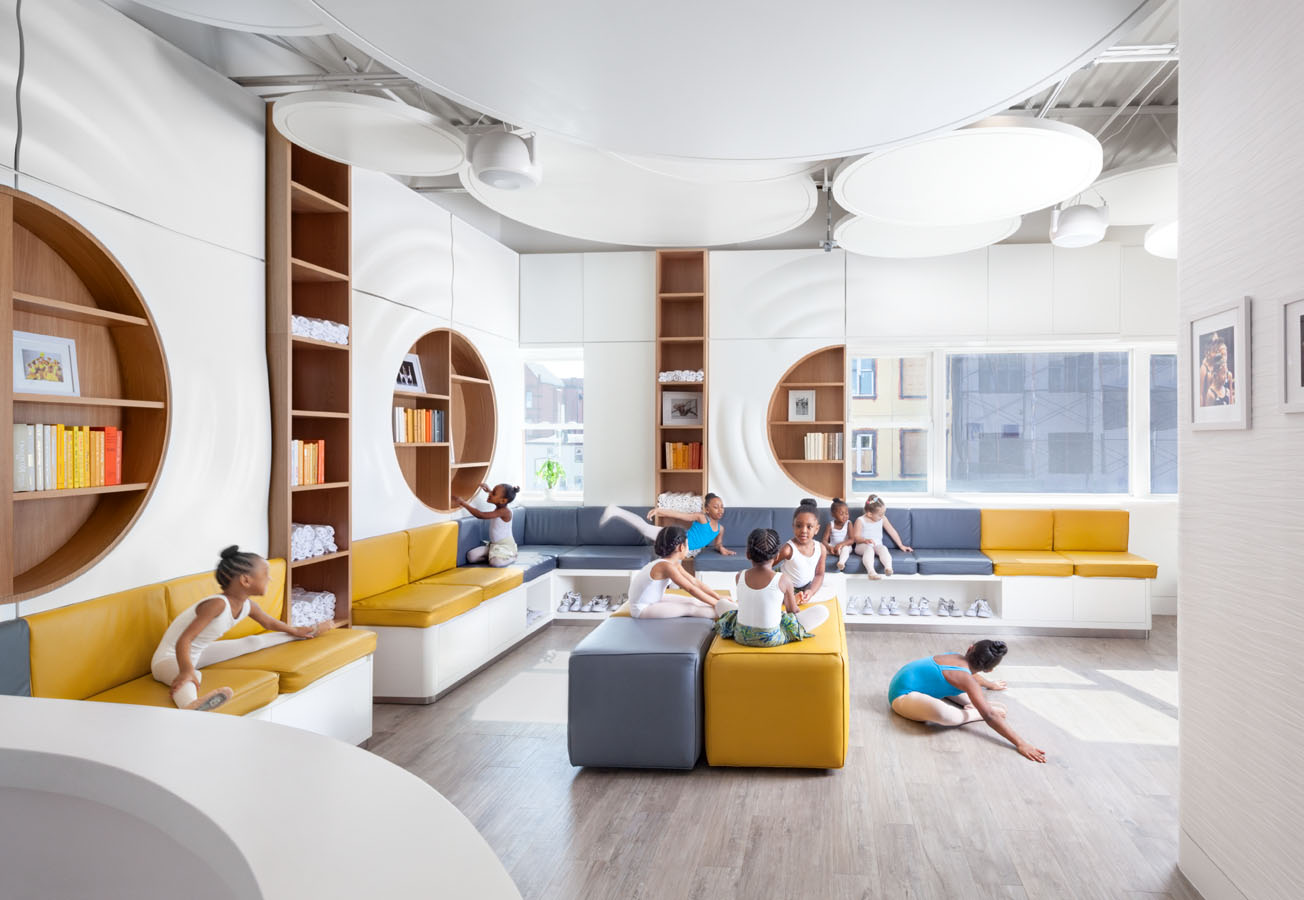Toronto’s Museum of Contemporary Art (MOCA) has a new home – an industrial-deco landmark that has over the decades been an aluminum extruder, an auto parts plant, and an incubator for underground graffiti artists and punk bands. The skin and bones of Auto BLDG, a 10-story factory originally designed by architect John Woodman for the Northern Aluminum Co. in 1919, have been carefully restored. Conversely, the interior was stripped bare and modernized around doric-style columns reminiscent of the 2,500-year-old Parthenon.
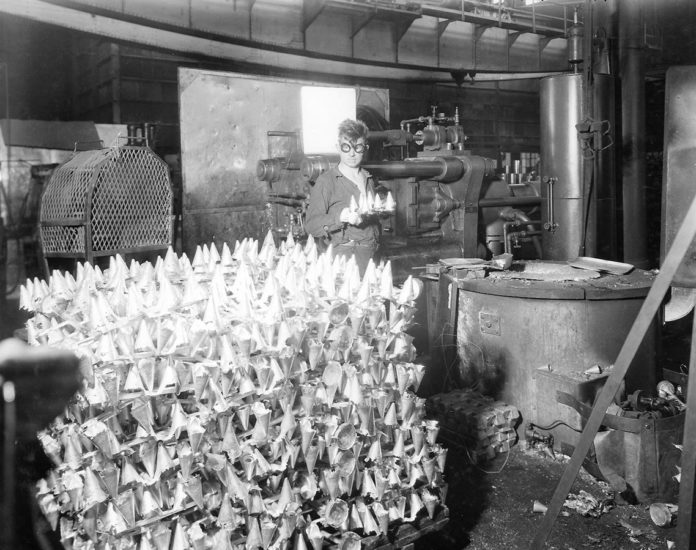
A factory worker at Auto BLDG circa 1930 producing kitchen accessories used across North America in baking and preserving. [City of Toronto Archives]
Auto BLDG’s other distinguishing feature is oversized leaded windows, preserved and partially tinted in lemon yellow and tangerine, offering panoramic views of Toronto’s lakeshore and skyline.
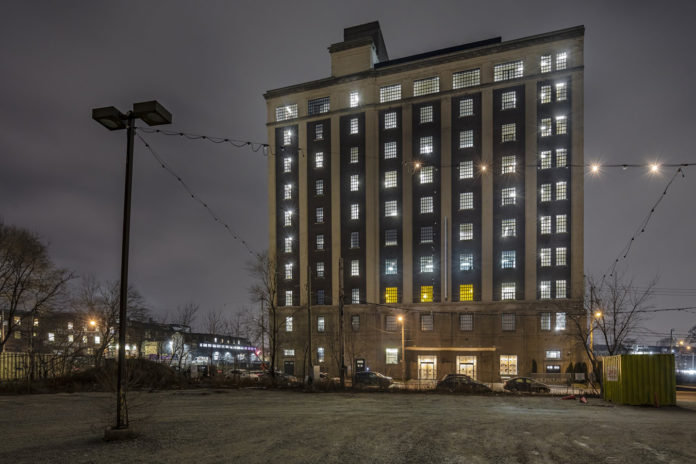
An exterior night shot of Auto BLDG, a 10-story factory originally designed by architect John Woodman for the Northern Aluminum Co. of Canada in 1919. The first five floors, 50,000 sq, are occupied by MOCA. Artists, art groups, ad agencies, and architects occupy the other floors. [Toronto MOCA]
When Castlepoint Realty Partners and architectsAlliance partnered on the reinvention of Auto BLDG – once the tallest building in Toronto and still the defining structure of the city’s Junction Triangle – they had three primary objectives in mind. Create a long-term, purpose-built exhibition space for MOCA, which occupies five floors, establish an anchor for a new arts community, and make Auto BLDG ecologically sustainable.
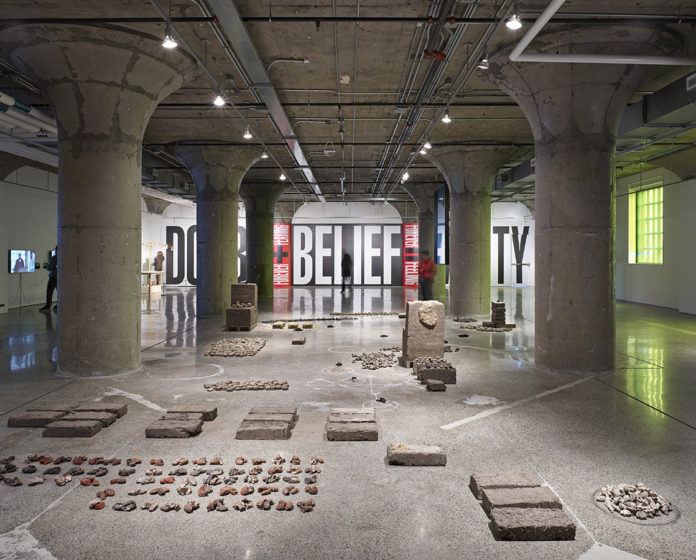
Toronto’s new Museum of Contemporary Art (MOCA) began life as an aluminum factory in 1919. The interior doric-style columns are reminiscent of the Parthenon or the Temple of Zeus in Olympia, Greece. [photo by Ben Rahn]
As part of the restoration, Castlepoint Realty outbid a commercial logger for 400 acres of forest north of Toronto that offsets 8,000 tonnes of CO2 per year. There is a solar-panel grid and plans for an algae bioreactor and rooftop garden.
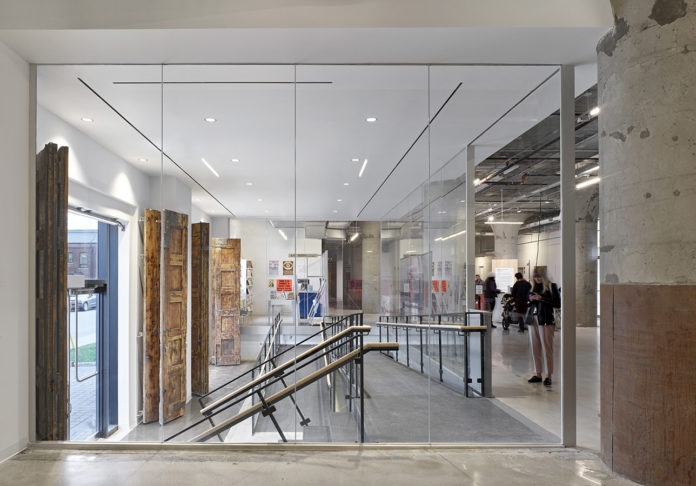
The glass-encased entrance to MOCA on Sterling Road in Toronto’s Junction Triangle features heavy wood-paneled doors repurposed from the floor of the original aluminum extrusion plant. [photo by Ben Rahn]
Erik Heinrich is a Toronto-based writer whose work has appeared in The Globe and Mail, Los Angeles Times, The Washington Post, and Sydney Morning Herald.
[latest articles]
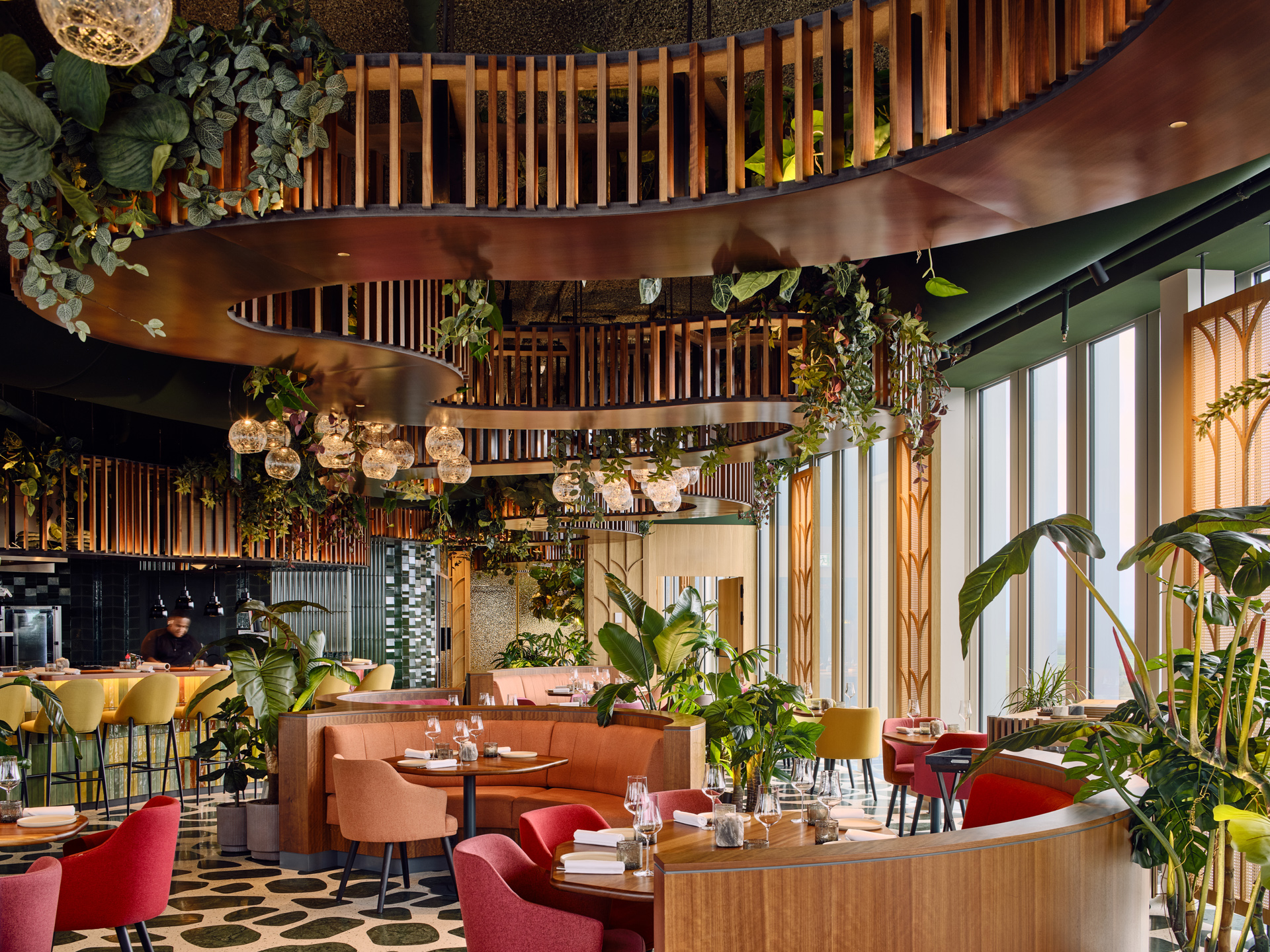
Selva Restaurant: A Design Inspired Dining Experience in Amsterdam
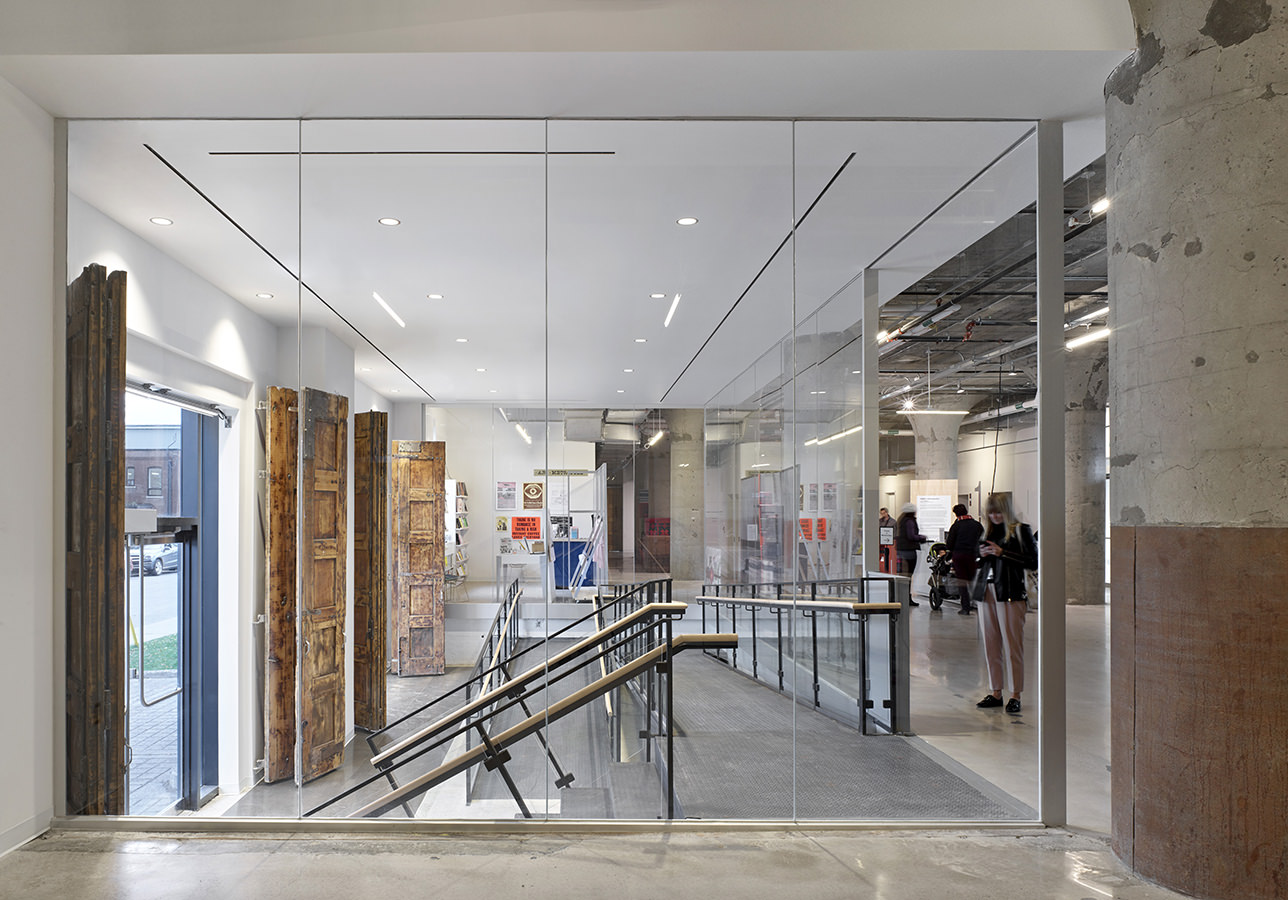
New Home of Toronto’s Museum of Contemporary Art
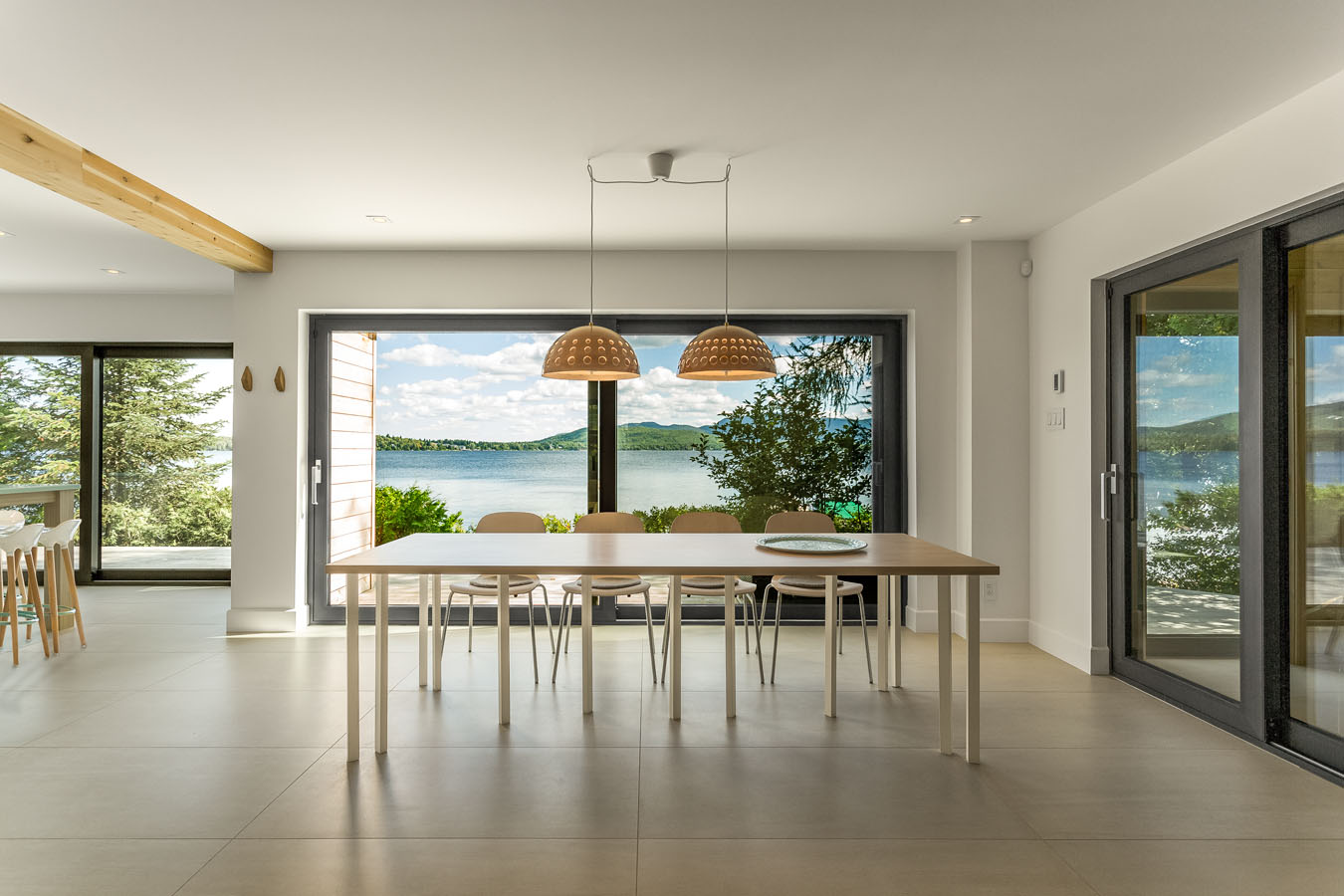
Nordic Architecture and Sleek Interior Design
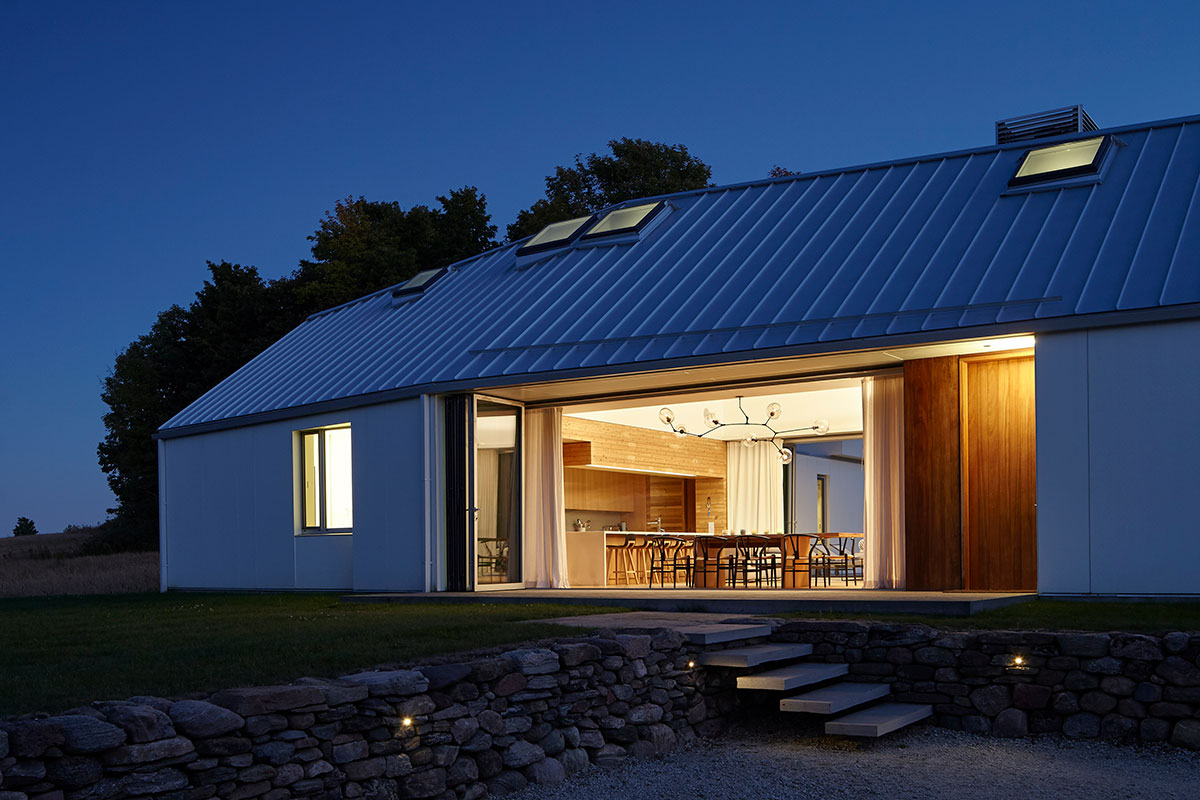
Charting a New Course at Compass House
